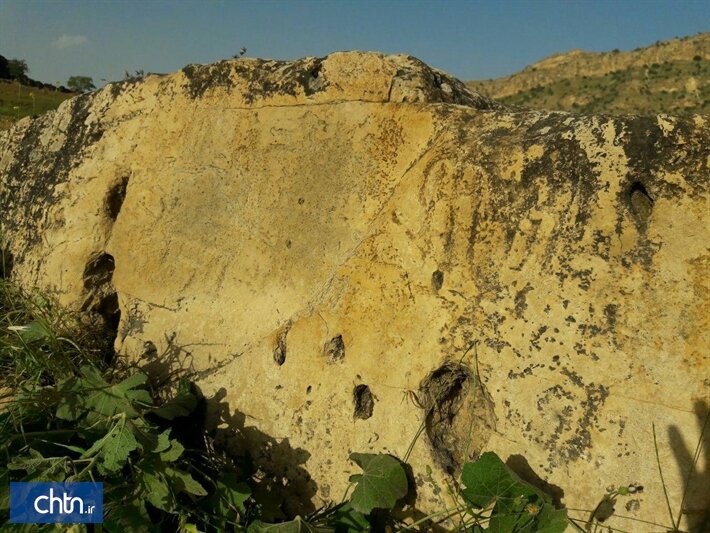Ancient bas-relief discovered in western Iran

TEHRAN – An ancient bas-relief carving, which depicts human being figures, has recently been discovered in western Iran.
Estimated to date from the Parthian era (247 BC – 224 CE), the relief was found during an archaeological survey in Kuhdasht county, Lorestan province.
A total of 112 historical relics were found during the survey which took 45 days to complete, said senior archaeologist Hamzeh Qobadi, who led the survey, CHTN reported on Monday.
Traces of Paleolithic era (Old Stone Age) were also found during the survey, which is first in its kind in Kuhdasht, provincial tourism chief Seyyed Amin Qasemi said.
“Other relics related to historical periods up to Qajar era [1789–1925] were also discovered in the survey,” he added.
Last May, a team of Iranian archaeologists announced evidence of Paleolithic residents found in Lorestan’s Kaldar cave, a key archaeological site that provides evidence of the Middle to Upper Paleolithic transition in Iran. The team excavated stone tools and a fragment of a fossilized skull, which are attributed to Homo sapiens. The cave also yielded weapon fragments crafted by Neanderthals.
In taxonomy, Homo sapiens is the only extant human species. The name is Latin for “wise man” and was introduced in 1758 by Carl Linnaeus (who is himself also the type specimen). Neanderthals are an extinct species or subspecies of archaic humans in the genus Homo, who lived within Eurasia from circa 400,000 until 40,000 years ago.
Lorestan was inhabited by Iranian Indo-European peoples, including the Medes, c. 1000 BC. Cimmerians and Scythians intermittently ruled the region from about 700 to 625 BC. The Luristan Bronzes, noted for their eclectic array of Assyrian, Babylonian, and Iranian artistic motifs, date from this turbulent period. Lorestan was incorporated into the growing Achaemenid Empire in about 540 BC and successively was part of the Seleucid, Parthian, and Sasanid dynasties.
AFM/MG
